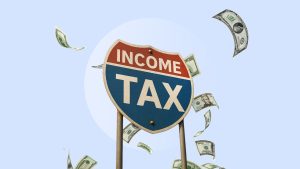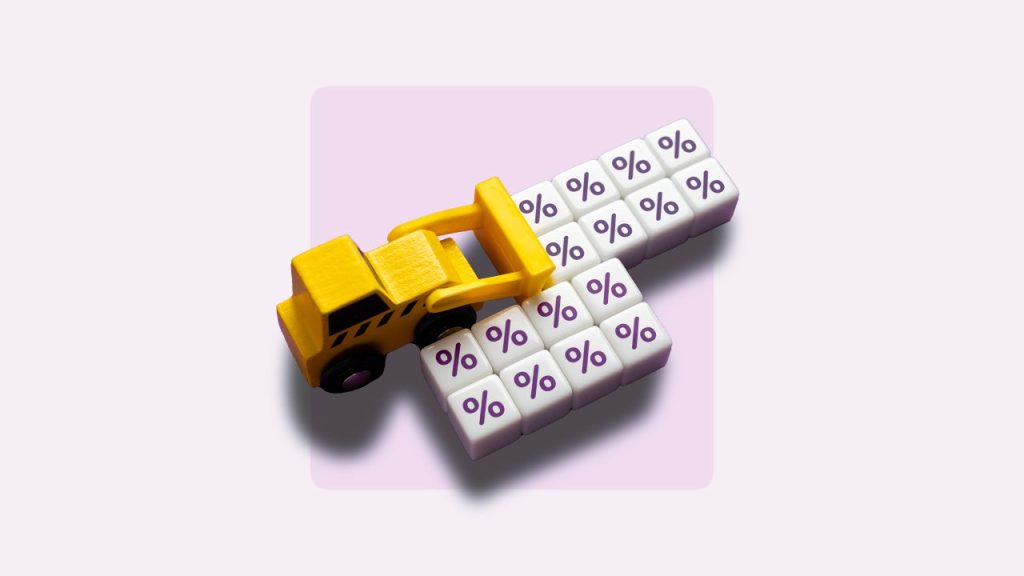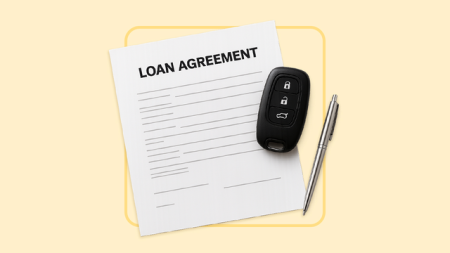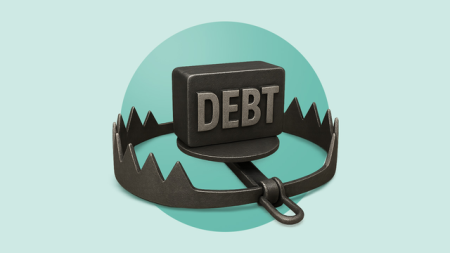Key takeaways
- Debt relief is a method of restructuring debt to make it easier for you to pay it back.
- You can get debt relief from lenders, debt relief companies and credit counseling agencies.
- The best debt relief strategy for your situation will depend on three main factors: the type of debt you have, your credit score and your financial situation.
If you’re looking for debt relief, there are a few options available. Your choices will depend on the amount and type of debt you have, your credit score and your overall financial health. Some options may be more effective for your situation than others.
It’s important to weigh the pros and cons when comparing debt relief methods. Some will leave you debt-free, while others only reduce your debt. While all methods will impact your credit score, some have a bigger or longer-lasting effect than others. Carefully consider what debt relief options are available — knowing that they can also be expensive, potentially adding to your debt.
Options that can help with debt relief
The goal of debt relief is to reduce or eliminate your existing debts and help avoid bankruptcy. Each debt relief option will impact your finances, possibly for years to come, so it’s important to choose the right one for your situation. There are also some potential downsides, including fees, credit damage or asset elimination. When used wisely, it can also save you thousands of dollars and help you regain control of your finances.
Debt consolidation loans
A debt consolidation loan may be a good option if you’re juggling multiple unsecured debts, such as credit cards, medical bills or personal loans. With debt consolidation, you take out a new loan to pay off multiple existing loans. This allows you to make one monthly payment at a lower overall annual percentage rate (APR). It also changes revolving debt to installment debt, giving you a path to debt payoff with a set end date.
Debt consolidation loans can save you money through a lower average interest rate than your existing debts, and many lenders offer repayment periods between two and seven years. Debt consolidation loans also simplify repayment since you end up with only one payment due date. Some lenders that specialize in debt consolidation may even offer to pay off your accounts on your behalf.
<callout box> Bankrate insight
You can qualify with a credit score as low as 600, but you’ll need a score of at least 700 to qualify for the best debt consolidation loan rates.
Balance transfer cards
With a balance transfer credit card, you open a new credit card and use it to pay off your old cards. Most balance transfer cards offer an introductory 0 percent APR for those with good to excellent credit. You could save hundreds of dollars in interest if you pay off your balance during this introductory period, which usually lasts from six to 21 months.
Once the introductory period ends, however, your card’s regular APR kicks in — and often at a much higher rate than a debt consolidation loan or regular credit card. You may also have to pay a one-time balance transfer fee of three to five percent of the total amount you’re transferring.
Balance transfer cards are good if you’re confident you can pay off your debt before the introductory period ends. If not, the card’s high regular APR could simply continue your debt cycle.
Bankrate tip
Many credit card issuers offer balance transfer credit cards. Check with institutions where you already have accounts to see if you can land a good deal.
Debt management plans
With a debt management plan, a credit counselor will evaluate your credit report, current debts and income to create a plan to tackle your debts in three to five years. Credit counseling agencies may negotiate with your creditors to reduce your debt, but you may need to pay a setup fee and monthly account fee until you pay off your debt.
Working with a credit counseling agency can help you create tools to develop healthier money management skills. Likewise, credit counseling agencies don’t have a minimum credit score requirement to work with you, making them much more accessible than other debt relief options.
Bankrate tip
Both for-profit and nonprofit credit counseling agencies can help you create a debt management plan. When possible, it’s better to use a nonprofit agency.
Debt settlement
Debt settlement involves negotiating with your creditors to pay a lower amount than you originally owed. You can do this alone, but you may be more successful working with a good debt relief company. Most will only work with you if you owe at least $7,500 in unsecured debt.
Debt settlement typically takes less than five years, and it could end a revolving cycle of debt. However, it also carries serious consequences for your credit score. Debt relief companies usually ask you to stop paying your creditors to make negotiations easier, but your missing payments will be reported to the credit bureaus. This strategy is not guaranteed to work since creditors do not have to negotiate with you or your settlement company, but your payment history will be damaged either way.
You may also take on additional debt during this process. Many settlement companies charge a fee of up to 25 percent of the total amount of settled debt, plus account maintenance fees, until your debts are resolved.
If you choose debt settlement, investigate companies carefully before signing documents or making payments. Any company asking for upfront fees is likely a scam.
Bankrate tip
Debt relief companies, also referred to as debt settlement companies, work with your creditors to negotiate better terms for your credit accounts in exchange for a fee.
How to apply for debt relief
The process of applying for debt relief will depend on the type of relief you pursue, but the steps will be similar. Start by organizing your finances, calculating what you owe and determining where your credit score stands. From there, you can decide how to get debt relief in the best way.
1. List out your debts
Start by making a list of the types of debt you have and essential information about each account, including:
- Type of debt.
- Balance of each account.
- Interest rate of each account.
- Monthly payments with due dates.
Knowing what you owe can help you decide which type of debt relief you need. It can also help debt relief companies and credit counseling agencies determine if you meet their minimum debt requirement if you decide to work with one.
2. Check your credit
Debt relief companies and credit counseling agencies don’t have a minimum credit score requirement, but personal loan lenders each set their own credit score criteria. You can check your credit report with Equifax, Experian and TransUnion weekly, for free, at AnnualCreditReport.com. You may also have access to your report through your bank, credit union or credit card companies. If your credit score is low, repairing your credit can help you qualify for better debt relief options.
Generally, you’ll need a score of at least 600 to qualify for a debt consolidation loan and a score of 700 to secure the lowest interest rates. A balance transfer credit card may not be the best option if your credit score is below 670. It’s unlikely you will qualify for a 0 percent introductory rate, so high interest and fees could keep you from paying down your debt.
3. Choose your approach
After evaluating your finances, weigh the pros and cons of each debt relief method. There is no perfect approach or no one-size-all solution, so choose the option that best helps you achieve your debt management goals.
- DIY debt relief. Debt consolidation is a common debt management method for those who don’t need to consult a credit counselor for assistance. This is best suited for borrowers who have a good credit score and can score a low interest rate, regardless of whether they choose a consolidation loan or a credit card.
- Debt relief company. Debt relief companies are agencies that use a combination of tools, including counseling and debt settlement services, to help you get out of debt faster in exchange for a fee. Many require you to have at least $7,500 worth of unsecured debt to work with you. Additionally, your credit score will suffer, as you’ll typically be required to be behind on payments to be eligible for relief.
4. Gather your documentation
Once you’ve decided on a debt relief strategy, you will need to gather all of the necessary documentation. Although the information you need may vary depending on the strategy you choose, you’ll typically be asked for:
- Full name and contact information.
- Physical address.
- Your Social Security number or individual taxpayer identification number.
- A copy of the most recent statement of the debts you want to restructure.
- Proof of income, such as tax returns, pay stubs and other legal documents.
These documents will help the lender, debt relief company or credit counseling agency understand your full financial picture and determine your eligibility for debt relief, as well as your options.
Debt relief options to avoid
While some debt relief options can be beneficial, others should be avoided because of the potential harm to your credit and finances, including:
- Bankruptcy. Although bankruptcy can eliminate some debts, it comes with long-lasting consequences that can drag down your credit score for up to 10 years. Filing for bankruptcy also could hinder your ability to secure affordable credit products in the future because many lenders will see you as a higher risk. As such, bankruptcy should only be pursued as a last resort.
- Early withdrawals from retirement accounts. Another option you should try to avoid is borrowing from your retirement accounts — for example your 401(k) — to pay down debt. Even if this option is the cheapest, a major drawback is that you can miss out on potential investment gains that could help minimize the chance that you outlive during retirement.
Bottom line
Debt relief can come in several forms, including debt consolidation loans, debt settlement negotiations and debt management plans. As a last resort, bankruptcy can help some borrowers — though it does not erase all types of debt, and can ding your credit score for up to 10 years.
The option that will be most helpful to you depends on your personal situation, behaviors and tolerance for long-term impact on your credit.
Read the full article here












